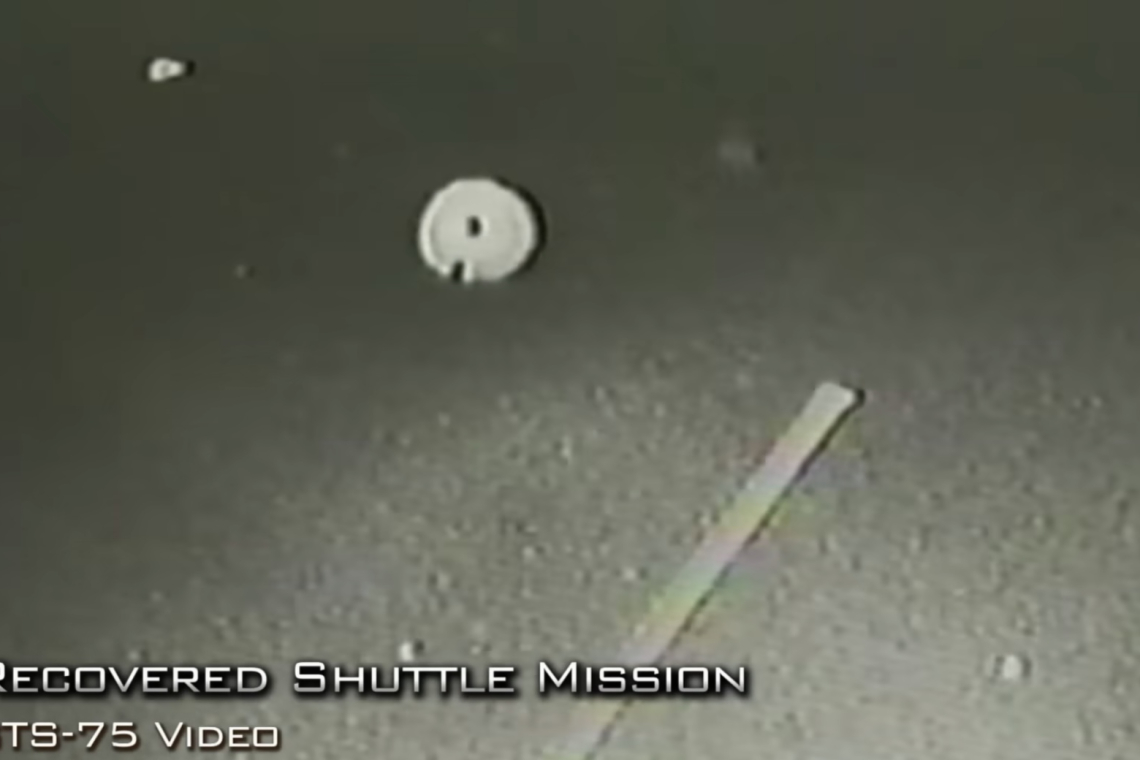In the vast expanse of the cosmos, humanity’s quest to explore the mysteries of the universe has led to some intriguing encounters. While the space agency NASA is best known for its scientific achievements and space exploration missions, there are instances where their journeys have sparked curiosity and speculation about possible extraterrestrial encounters. On December 5th, 2011, astronomers at NASA’s Ames Research Center made an announcement that sent ripples of excitement throughout the scientific community.
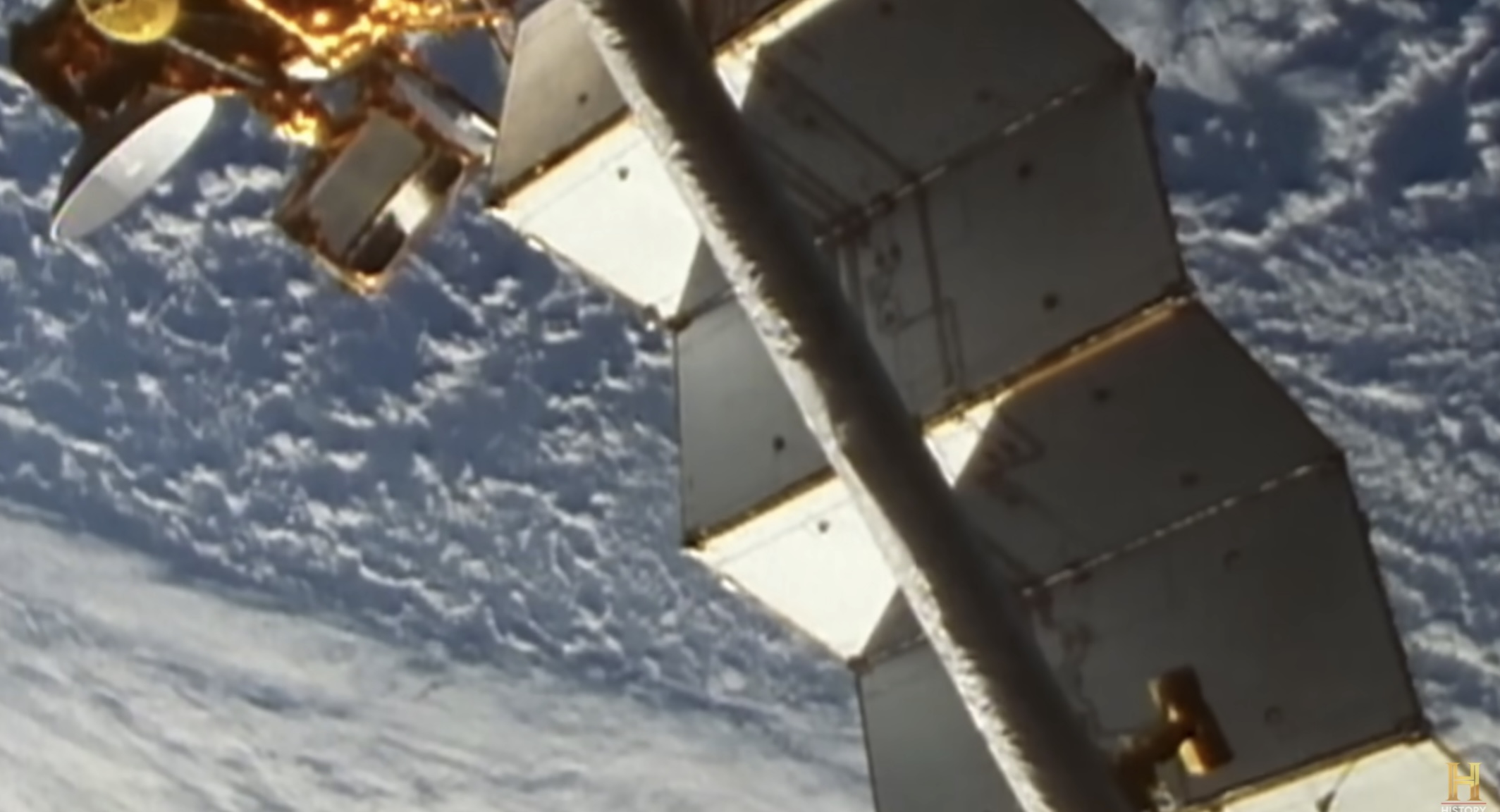
On December 5th, 2011, NASA's Ames Research Center astronomers unveiled a revelation that reverberated through the scientific domain. Employing the Kepler Space Telescope, they disclosed the existence of Kepler-22b, a distant exoplanet nestled within the habitable zone of a remote star. This exoplanet teased the prospect of conditions conducive to life. Positioned a staggering 600 light-years away, Kepler-22b's orbital path hints at temperatures reminiscent of a San Francisco summer.
This discovery kindled the hope of finding Earth-like counterparts in the cosmos, a focal point of NASA's pursuits. Their scientists aspire to pinpoint Earth-like planets in the habitable zones of sun-like stars, an achievement that could reshape our perception of extraterrestrial life.
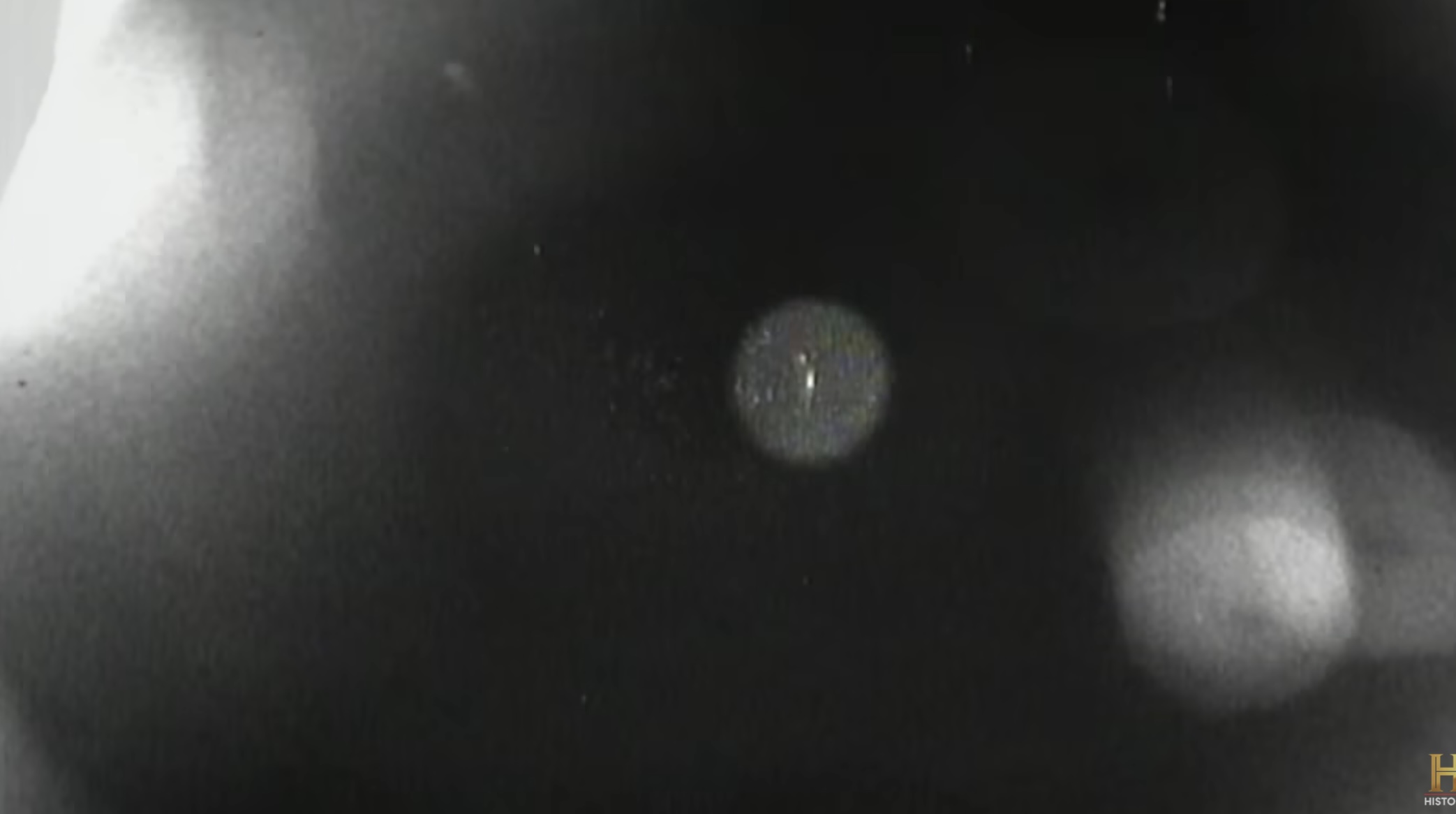
However, beyond the scientific frontiers, a treasure trove of stories and occurrences swirls, fanning the flames of speculation regarding NASA's potential close encounters with extraterrestrial entities.
One such enigma transpired during the Space Shuttle Discovery's STS-48 mission on September 12, 1991. As the shuttle orbited approximately 350 miles above Earth, an enigmatic incident unfurled.
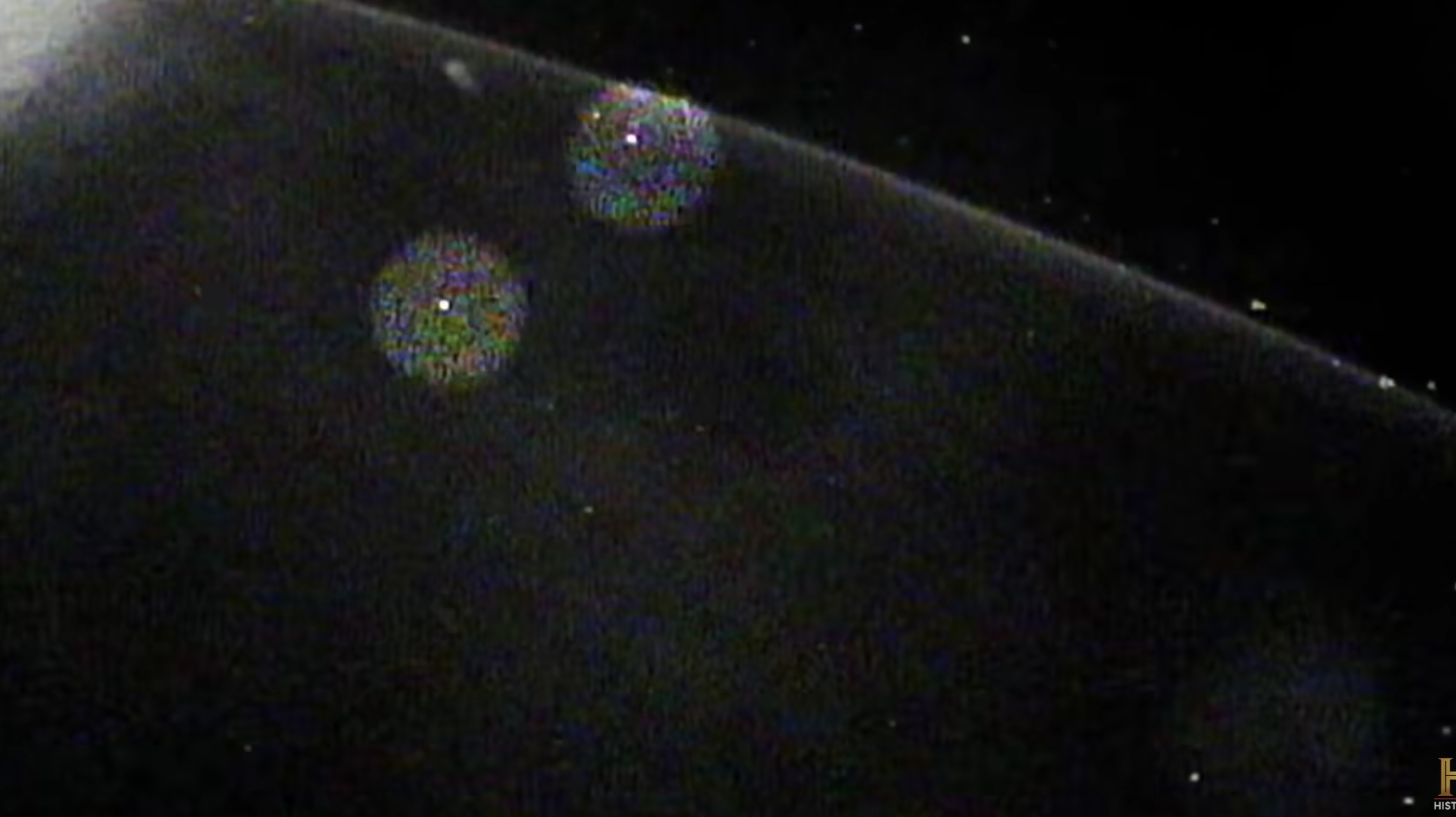
Amateur astronomers intently monitored the shuttle's transmissions and claimed to have captured authentic footage disavowed by NASA. The footage showcased an array of unidentified luminous objects and flashing lights, exhibiting baffling maneuvers, including abrupt course alterations and rapid accelerations. Some witnesses suggest that the shuttle found itself encircled by an otherworldly craft reminiscent of a classic flying saucer. It even appeared to erect a protective shield-like barrier around the shuttle. Startlingly, an astronaut openly acknowledged the presence of an alien spacecraft over a public channel. The transmission abruptly ceased, sparking conjecture that the astronaut had shifted to a confidential channel for further disclosures.
These accounts engender profound questions about the plausibility of extraterrestrial interactions in space. Astronauts, esteemed for their rigorous training and credibility, have periodically reported witnessing inexplicable phenomena during their missions.
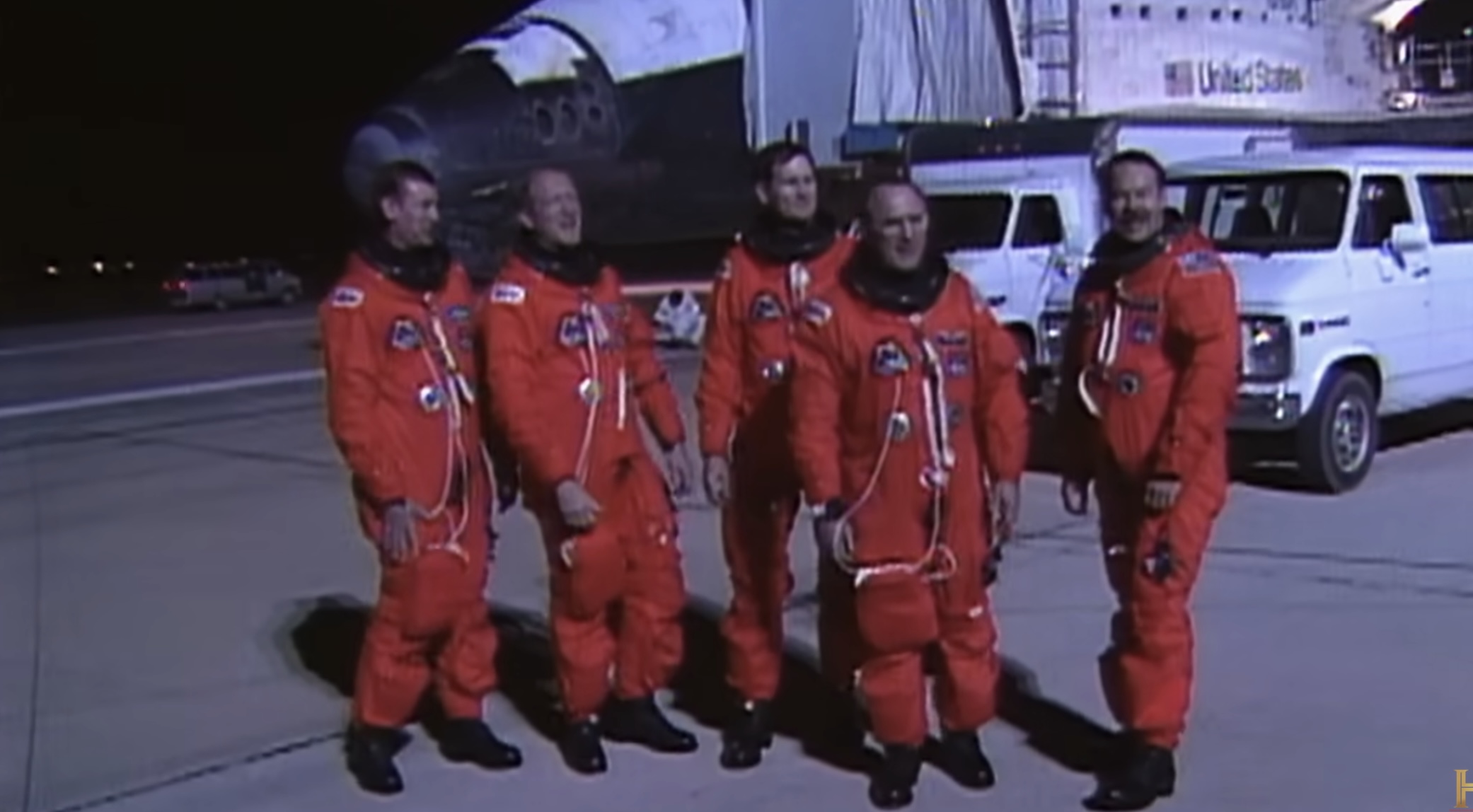
These narratives underscore the undeniable fact that such experiences transcend the realm of fantasy, originating from individuals at the vanguard of space exploration. While NASA authorities persistently attribute these sightings to ice particles reflecting sunlight, the enigma enshrouding these episodes lingers. Could there be more to these encounters than initially perceived? The discourse endures, with many steadfast in their conviction that these episodes offer glimpses into the presence of alien life forms.


